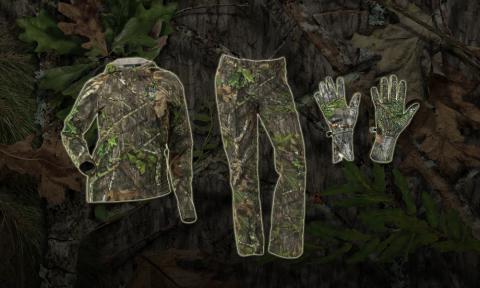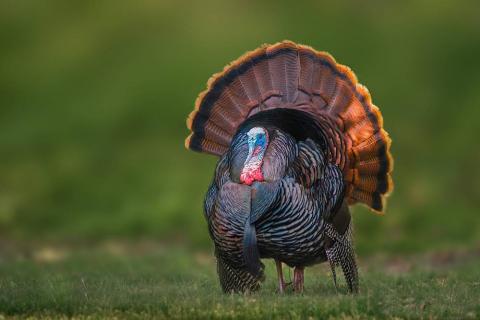Bob Humphrey
Line begins paying out against minimal drag, slowly at first then more rapidly as a live bunker flees toward the surface evading some unseen threat beneath. Suddenly there’s a splash and a sound like someone’s thrown a heavy rock into the water. Line peels off the reel until the bale is closed, then the rod bends over in a deep arc. Fish on! They go by many names: rockfish, rock bass, squidhound, greenhead and striper. No matter what you call them, Atlantic striped bass are one of the most popular and important gamefish on the Atlantic coast.

Description
The striped bass (Morone saxatilis) is a member of the Moronidae family of perciform fish or temperate bass, which also includes white bass and white perch. The striped bass gets its common name from the 7 or 8 dark lateral stripes along the side of its silvery body. Its head and the top of its back are typically olive green, its flanks and underside usually being silvery white. Striped bass are roughly 3 times as long as they are deep, have a long head, protruding lower jaw and moderately forked tail. Their dorsal fins are separated, unlike those of white perch.
Species 101: Wiper Bass and Bass Varieties
At two years of age, stripers weigh about 3/4 of a pound and are 12-13 inches long. On average, it takes them approximately seven years to reach 36 inches long where they will weigh 18-20 pounds. A 30-pound bass is about 38 inches long and 10-11 years old and a 40-pound bass is a bout 40-42 inches and 14 years old. The oldest bass recorded was 23 years old and the heaviest weighed 125 pounds, caught off Edenton, North Carolina in 1891. The IGFA world record sport fish is an 81 lb. 14 oz. fish caught in Long Island Sound in 2011.
Stripers are anadromous, meaning they spend most of their adult life in the ocean, but spawn in fresh water or brackish bays, deltas and estuaries. Males, who mature at two to three years of age spend most of their time near their natal waters. Females are more migratory, returning to spawn for the first time at 5 or 6 years of age. It may be several more years before they reach full maturity and full productivity, when they may produce nearly 5 million eggs. Most stripers exceeding 30 pounds are females.
Range and Distribution
Stripers range from the Gulf of St. Lawrence to northern Florida and are most abundant from Massachusetts to North Carolina with more northerly populations being migratory. The striper’s migration northward and into spawning areas is triggered by rising water temperatures. Stripers typically appear in southern New England waters in April and northern New England in late May, where they may remain until September or October. Striped bass have also been introduced to the Pacific coast and many inland waters.

Diet
Striped bass have a diverse diet that includes finfish, marine worms and crustaceans. Preferred species include eels, mackerel, bunker or menhaden and crabs, but they will forage on whatever is available and most abundant.
Striped Bass Recipe: Striper Carlstrom
Reproduction
Spawning begins when water temperatures reach 55-65 degrees, and peaks at 60-67 degrees; beginning in April in southern waters and as late as July in the St. Lawrence River. Stripers are broadcast spawners. During spawning, a group of smaller males will surround a single large female. During the mayhem sometimes referred to as a "rockfight," females release their eggs and males their milt. Approximately one hour after extrusion, the eggs absorb water creating a protective fluid space for the embryo. The semi-buoyant eggs then drift downstream for three days until they hatch. Young stripers are born with a yolk sac, which is absorbed in approximately 6 days.
Conservation and Fishing
According to the 2018 Stock Assessment, Atlantic striped bass are overfished and subject to overfishing. Female spawning stock biomass and juvenile recruitment rates are below objective levels while fishing mortality rates are above thresholds that trigger management actions. The Atlantic States Marine Fisheries Commission is currently undertaking efforts to restore stocks by implementing an amendment to the species’ management plan.
Anglers fish for striped bass in a variety of ways including trolling, drifting, casting and jigging. They also use a diverse array of terminal tackle including surface and diving plugs, spoons are lures, bucktail jigs and soft bait; and dead and live bait like mackerel, bunker, herring, eels and crabs.




























